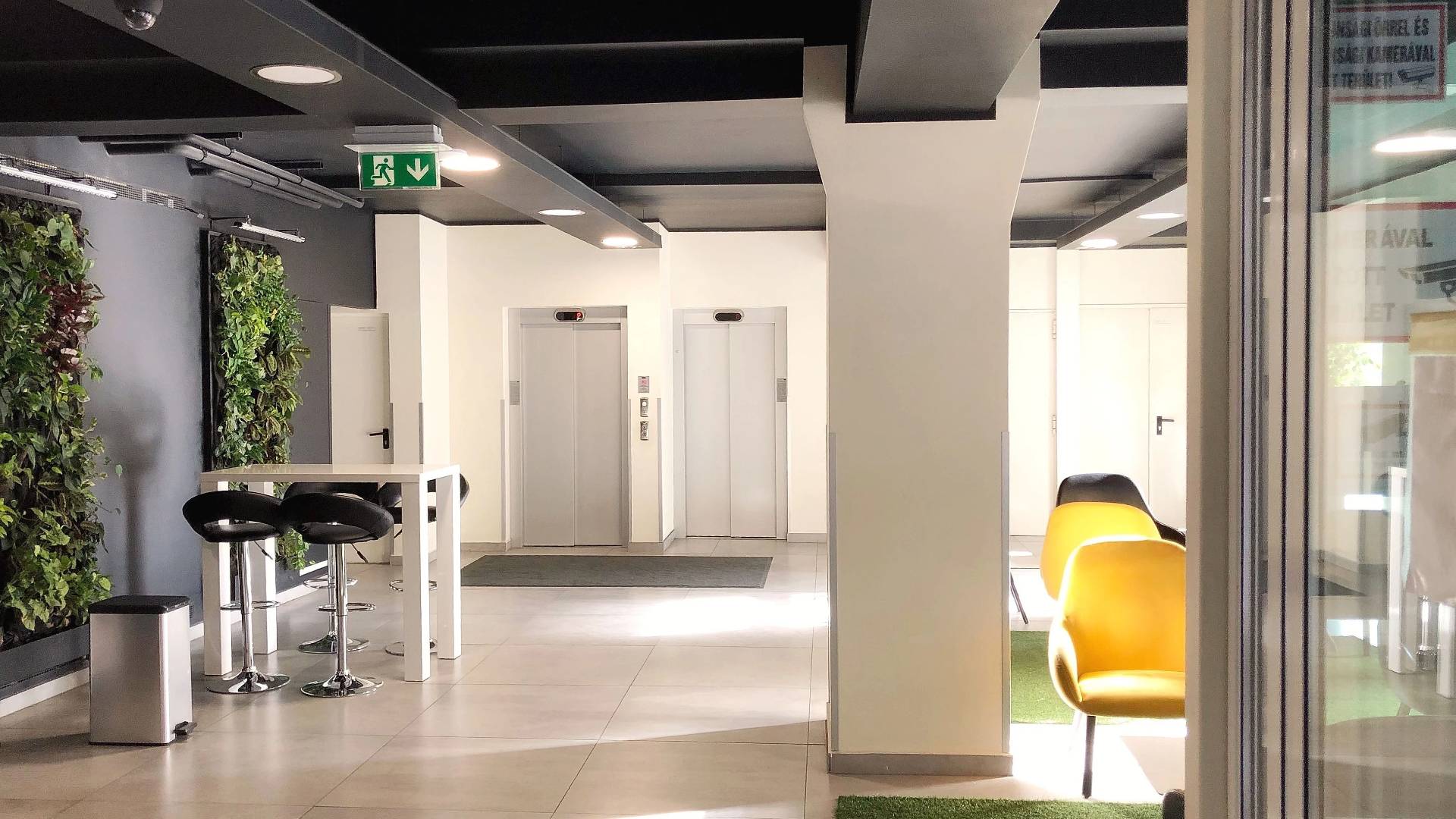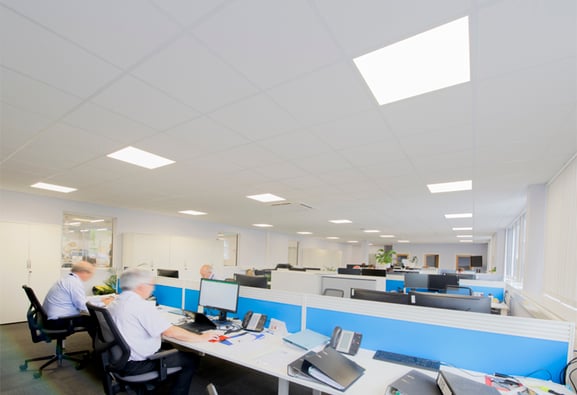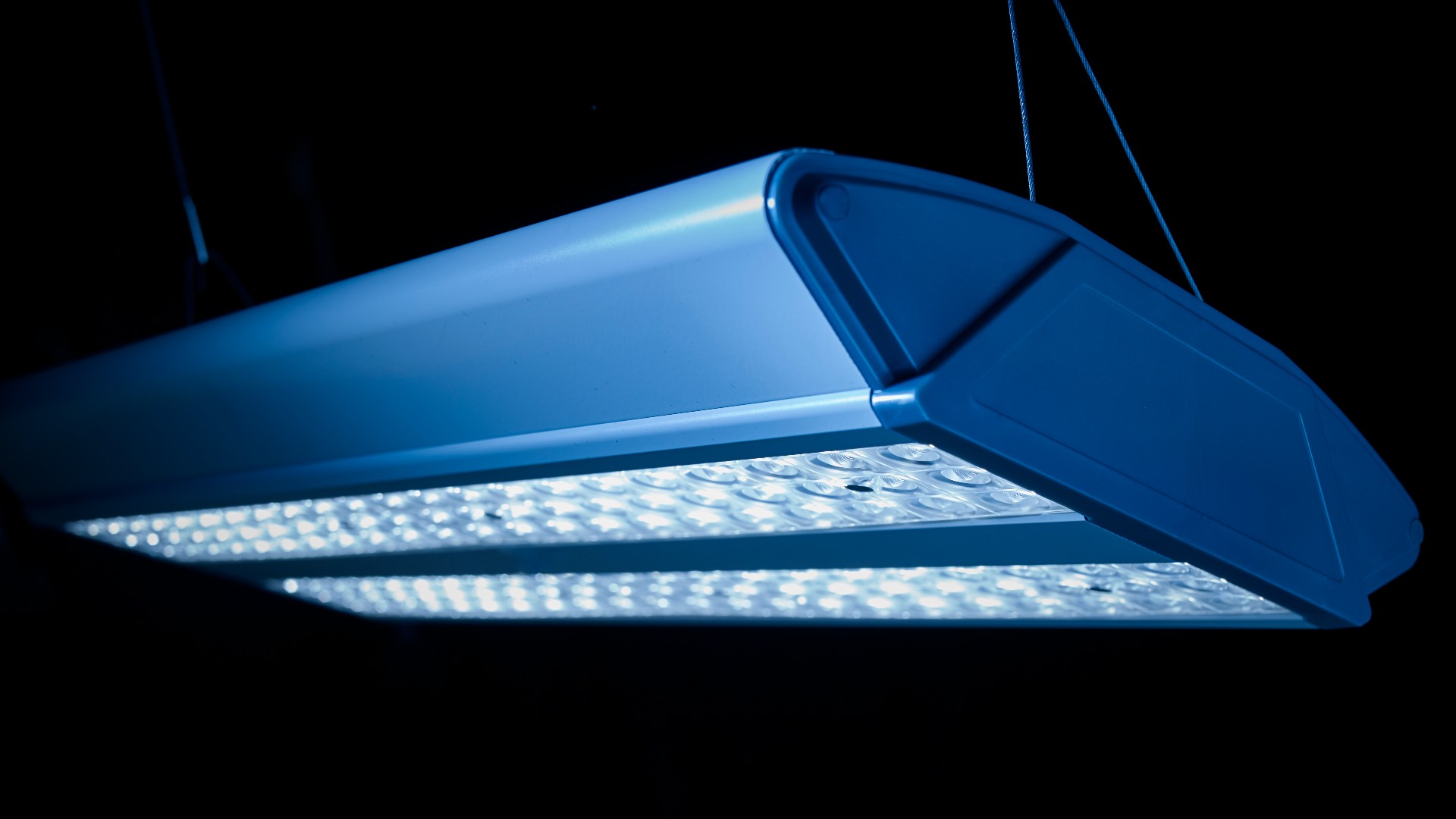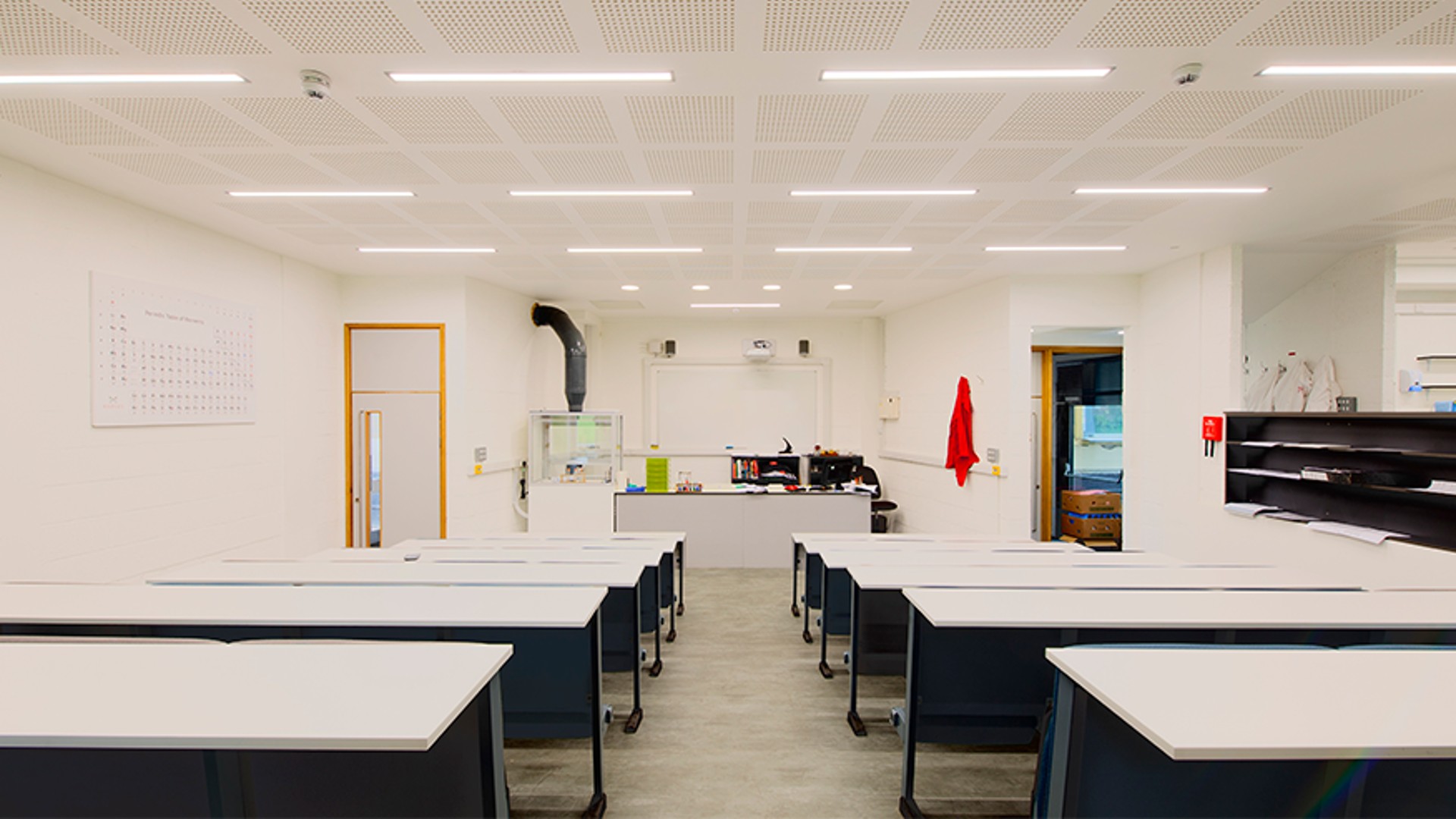T-Word Explains: Can lighting support (and boost) UK productivity?

The Office for National Statistics has reported for some time now that the UK productivity output is below global standards.
When compared to that of France and the USA, the UK’s productivity was around 15% lower than both of these countries.
So how do we meet the productivity-per-hour levels of our peers?

One way to ensure employees are given a good foundation for focus and wellbeing is through the lighting they work in. And wellbeing is the key here, as a study has shown that 38% of employees lose 60 minutes of time when their wellness is hampered.
To avoid this loss of time and therefore productivity, there are key factors to be considered for productive lighting.
1. Natural Light
Natural light, when working harmoniously alongside LEDs, creates environments where people feel more engaged and attentive – increasing productivity. In fact, a study from Cornell University has shown that workers in environments with more natural light took 6.5% less sick leave than those who worked in less.
2. Temperature
The warmth of the LEDs used in work area plays a huge role in worker focus. Temperatures of around 3000K tends to result in higher workplace productivity throughout the day, while around 6500K is appropriate towards the end of the day.
3. Task Lighting
In modern offices and work areas, employees desire a more personalised lighting design that caters to their specific job. Task lighting refers to creating a lighting layout that focuses the light on their workspace- dependant on what they do.
4.Intensity
The most important thing to consider when lighting for productivity is lighting for wellbeing. Using LEDs in a design that avoids glare and distractions works to reduce worker stress and keep them motivated and focused. In turn, this ensures spaces are welcoming and keeps productivity at a high level for those within them.


